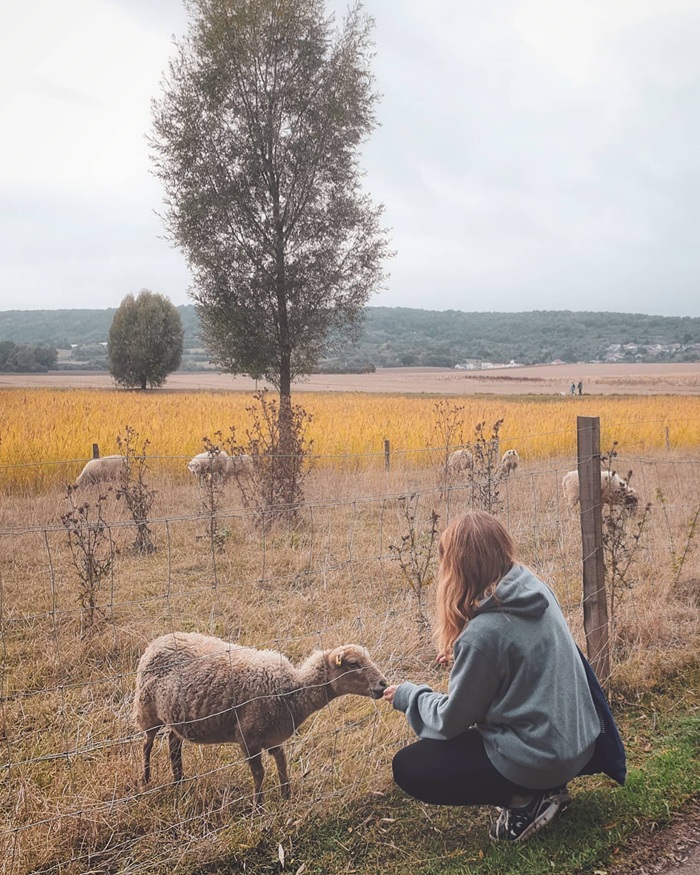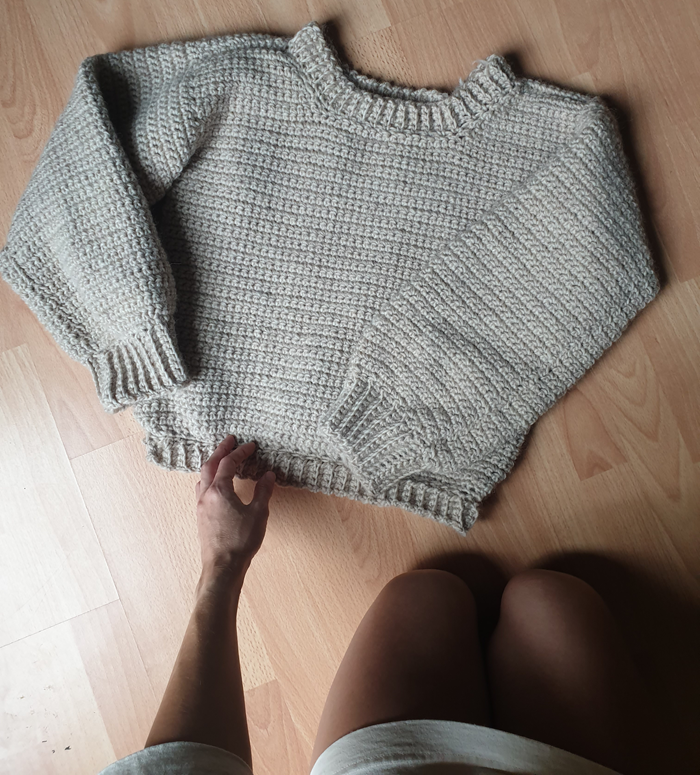OK so we’ve officially entered the colder months, and here in Scandinavia, that means one thing: the knitwear game is on. Whether they’re store bought or handmade, sweaters are part of the culture. Yet , I’m always shocked by how little people actually know about properly caring for them.
A quick disclaimer though: I’m still vegan and don’t support the virgin wool industry, but I still wear my old sweaters and have no issues with second-hand or thrifted wool pieces. These garments deserve to last, and proper care is how to make it happen.
Understanding Wool: More Than Just Sheep’s Hair
Most people think wool is just sheep’s hair spun into yarn, but it’s a little more complicated than that. Wool is hair, yes, and hair is keratin protein fibers covered in tiny scales. In humans, those scales are smooth whereas for wool, they are very pronounced and interlock when agitated. This is what causes felting. Each fiber also has a crimped structure that creates air pockets, giving wool amazing insulation properties. This crimp also provides elasticity and lets wool stretch up to 30% beyond its original length and bounce back.

The Magic Of Wool Fibers
What makes wool truly special though is its remarkable ability to regulate temperature AND moisture. Wool keeps you warm even when wet because the fibers can absorb moisture without feeling damp, The fibers wick away sweat from the skin and release the moisture back into the air. That makes it harder for bacteria to multiply but on top of that, wool is naturally antibacterial (and therefore odor-resistant) due to its slightly acidic pH and lanolin content (think traces of sheep sebum; most of it is washed away during processing). Oh and did I mention that it’s somewhat flame resistant? I mean there is a reason it has been prized for thousands of years.
The Reason Your Knits Need Special Care
However, all of this is also why wool is fragile. Those interlocking scales? They grab onto each other permanently when exposed to heat and agitation causing shrinkage and felting. Wool is also elastic, meaning it can stretch out of shape if handled improperly, especially when while wet. And of course, because it’s a natural protein fiber, moths and carpet beetles find it absolutely delicious.
The Right Way to Care for Your Knitwear
When it comes to wool care, the less you do, the better.

Wash only when truly necessary. Unlike synthetic fabrics, wool is naturally self-cleaning and odor-resistant. For minor freshening up, simply air your garments outside or in a well-ventilated space. Even overnight hanging in a steamy bathroom can do the trick. For small stains, spot clean with a damp cloth and a tiny amount of wool-safe detergent rather than washing the entire piece.
When your knitwear does need a proper wash, always hand wash rather than using a machine, even on a delicate cycle. Fill a basin with cool or lukewarm water (never hot) and add a wool-specific detergent. If you don’t have wool wash on hand, a gentle shampoo works surprisingly well. Hair is hair. Submerge your garment and gently press the water through the fibers. Let it soak for 10-15 minutes, then drain and rinse with cool water until the water runs clear.
Never wring or twist wet wool. Instead, gently squeeze out excess water by pressing the garment against the side of the basin. Then lay it flat on a clean towel, roll the towel up with the garment inside, and press down to absorb more moisture. Finally, reshape your piece to its original dimensions and lay it flat to dry on a fresh towel or drying rack, away from direct heat or sunlight.
Invest in a fabric shaver or wool comb to remove pilling. Those little balls of fiber that form on the surface are a normal result of wear, not necessarily a sign of poor quality. Regular de-pilling keeps your knitwear looking fresh and extends its life significantly.
Storage Matters Just As Much As Washing
Fold your knits instead of hanging them. Gravity is not wool’s friend and hangers might create shoulder bumps or the garment might strecth under its own weight over time.
For long-term storage, ensure items are clean (moths are attracted to body oils and food stains) and get yourself some cedar blocks or lavender sachets as natural moth deterrents.

With these simple practices, your wool pieces can last decades. I have thrifted sweaters that are older than I am and they’re still going strong because someone cared for them properly. But I guess this is valid for all garments and if you want to learn how to care for your clothes, you can check out this article.


Leave a Reply